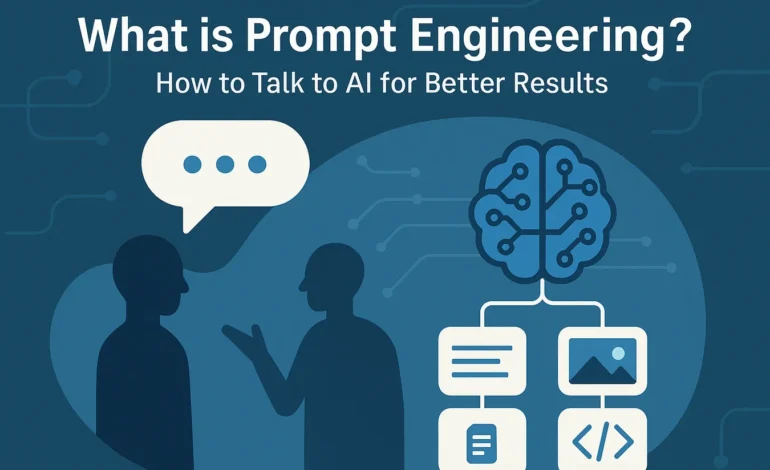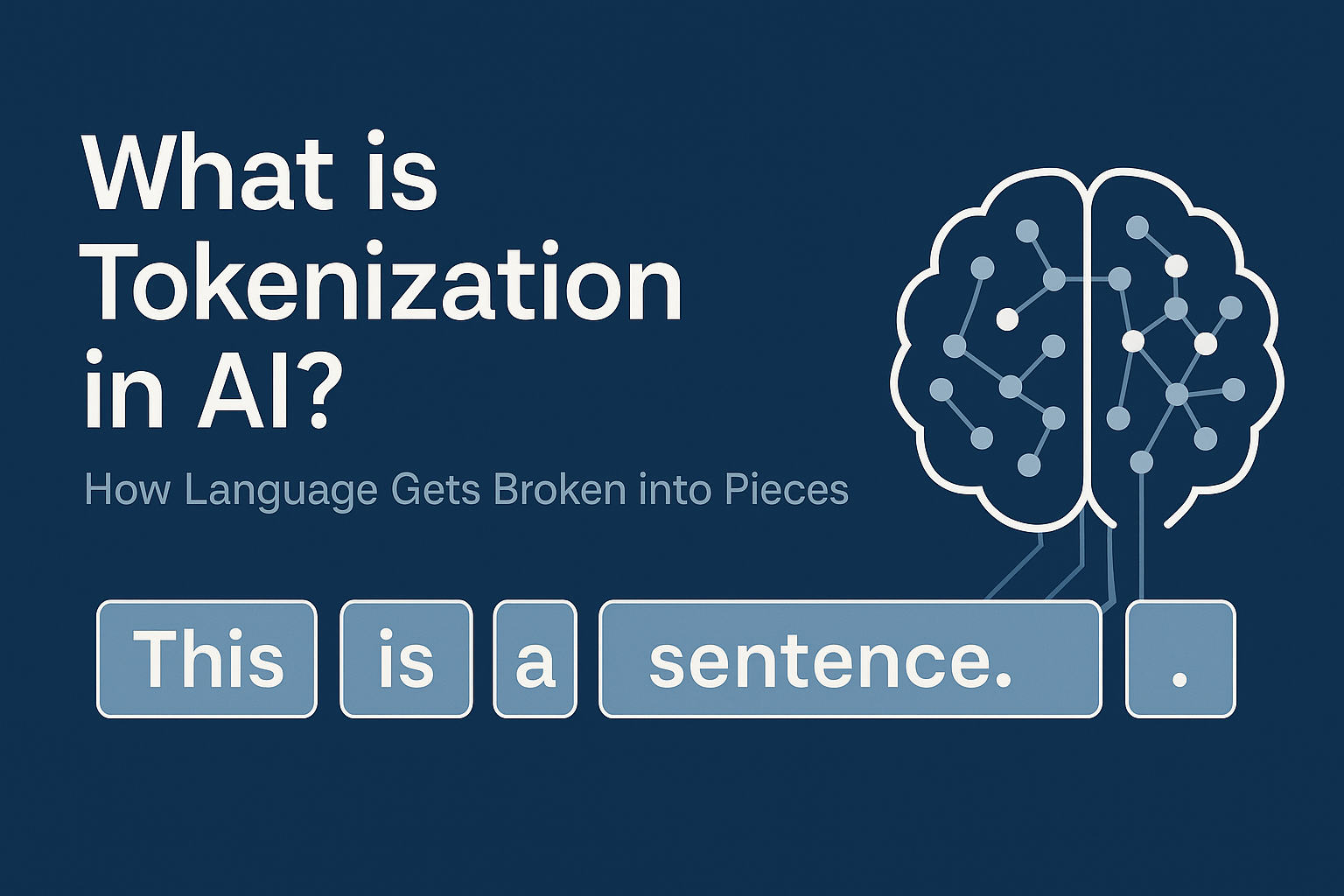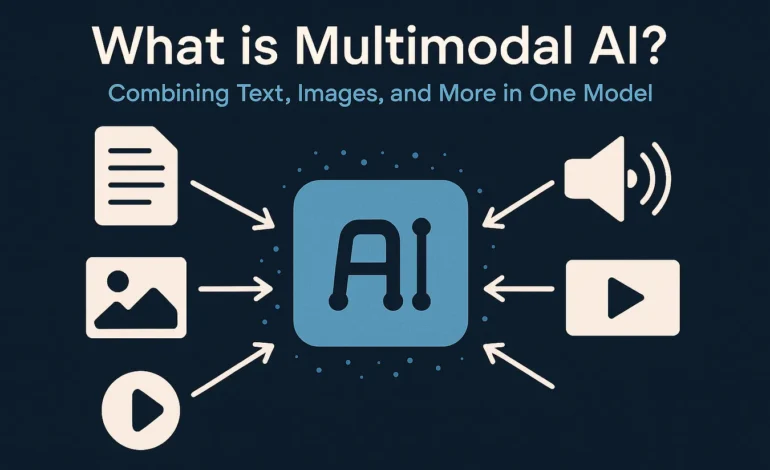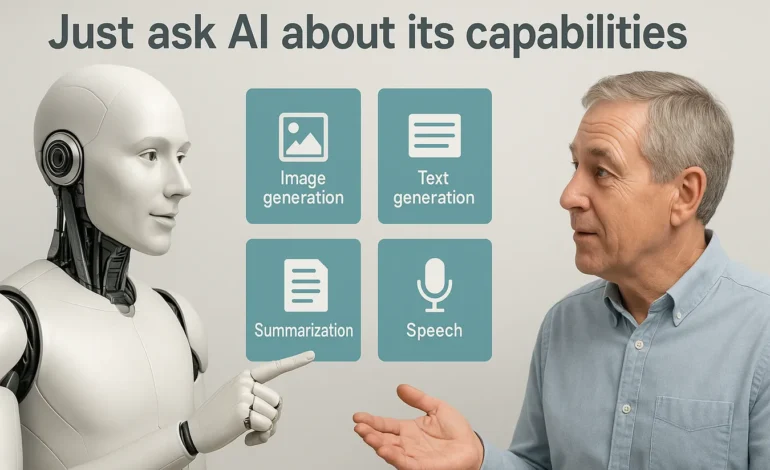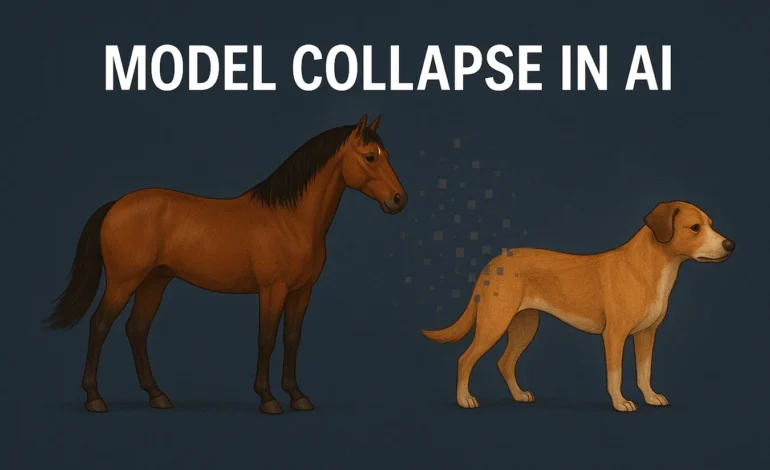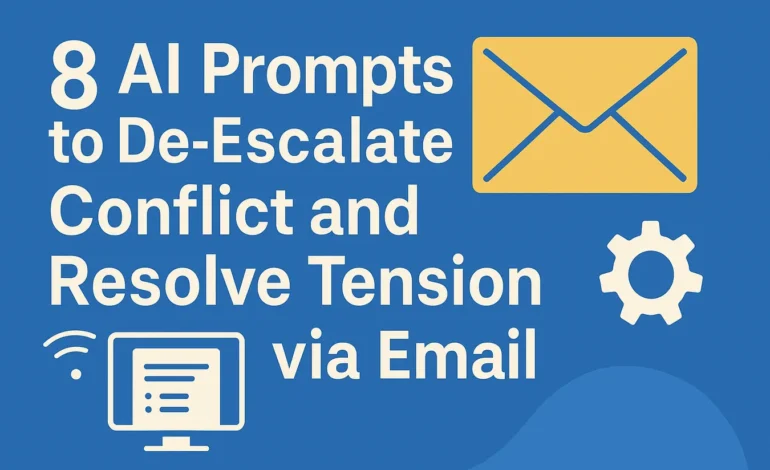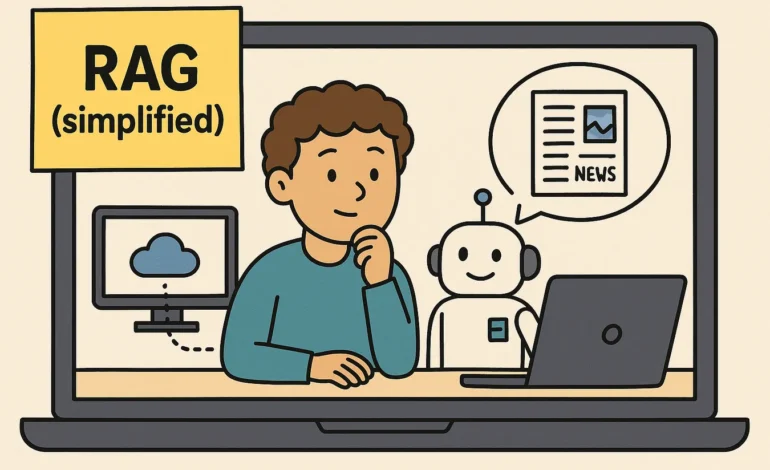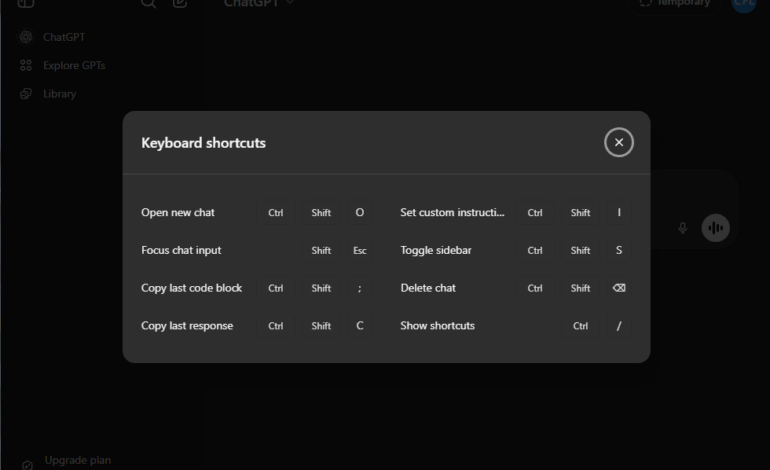Prompt engineering is the art and science of crafting inputs, called prompts, that guide AI models like ChatGPT, DALL·E, and other large language models (LLMs) to produce better, more accurate outputs. A well crafted prompt can dramatically improve not just the relevance of a response, but also its structure, tone, and usefulness.
Unlike human conversations, AI systems don’t understand intention the way we do. Instead, they predict the next word or token based on learned patterns. That’s why the way you phrase your prompt matters as much as the request itself. Prompt engineering is about speaking the AI’s language, giving it the best possible starting point to deliver the answer you actually want.
- Definition: The skill of designing inputs (prompts) to guide AI models to superior, predictable outputs.
- Mechanism: It bridges the gap between human intention and the AI’s word prediction mechanics.
- Goal: To achieve precision, structural clarity, and consistency from AI tools.
- Industry Fact: Many companies hire dedicated Prompt Engineers to optimize AI behavior across applications.
Table of Contents
Core Techniques in Prompt Engineering
In practice, prompt engineering helps users get more precise answers, avoid misunderstandings, and guide AI systems toward outputs in specific formats. Mastering these techniques is becoming a core skill for anyone working closely with LLMs.
These techniques move the model past generic outputs and ensure high quality results:
- Role Prompting: Setting a specific persona for the AI (e.g., “Act as a lawyer…”) to sharpen its tone and reasoning.
- Few-shot Prompting: Providing several input/output examples within the prompt itself, helping the model generalize to new but similar tasks with higher consistency.
- Chain-of-Thought (CoT): Asking the AI to break down a problem step by step before providing the final answer. This dramatically improves the logical consistency of complex outputs.
- Constraint Prompting: Using clear, direct commands to strictly shape the desired output format, tone, and constraints (“Output only as a JSON object,” “Keep the tone professional.”).
(Note: The technique “Instruction Tuning” is best understood here as using clear **instruction-style prompting** to guide the model.)
Prompting vs. Fine-Tuning
Although fine-tuning and prompt engineering are sometimes discussed together, they are fundamentally different. Fine-tuning alters the AI model itself, requiring specialized training and datasets, while prompt engineering works externally by simply refining the input without changing the model’s internal parameters.
This comparison clarifies why prompt engineering is the primary tool for end users:
| Method | Mechanism | Cost/Difficulty | Purpose |
|---|---|---|---|
| Prompt Engineering | Refines the input query (external). | Low (simple text editing). | Guiding tone, structure, and constraints per query. |
| Fine-Tuning | Alters the model’s internal weights (internal). | High (requires data and compute). | Injecting specific knowledge or altering core behavior permanently. |
*Disclaimer: The comparison above is for educational purposes only and does not constitute financial or technical investment advice.
Practical Prompt Examples
A single, concrete example can demonstrate the power of prompting more clearly than any definition. The difference between a simple request and a structured prompt is the difference between generic and professional output.
Poor Prompt vs. Improved Prompt (Unique Value)
Poor Prompt: “Summarize the history of AI.”
Improved Prompt: “Act as a skeptical venture capitalist. Summarize the history of AI in 3 bullet points, focusing only on the periods where investment hype exceeded technical capabilities. Explain **why this happens** in one sentence.”
Why it works: The improved prompt uses **Role Prompting** (“skeptical VC”) and **Constraint Prompting** (focusing on hype/failure) to bypass generic facts and generate unique, critical analysis.
Copy-Paste Example: Few-shot Prompting
Scenario: Consistent Tone Generation
Input 1: This is awesome! Output 1: That’s amazing and highly effective! Input 2: This seems confusing. Output 2: I understand your confusion; let me clarify the process. New Input: I think this launch failed. New Output:
Why it works: By providing the input/output pairs, the AI learns a **specific conversational style** (professional, positive spin) and applies it to the final new input.
When to Fine-Tune vs. Prompt
Choosing between prompt engineering and fine-tuning depends entirely on your goal:
- Use Prompting When: You need an answer to a single query, require a specific format (e.g., table), need the AI to use an external document (like RAG), or want to test different tones quickly.
- Use Fine-Tuning When: You need the model to learn a massive, proprietary dataset (e.g., all internal medical codes), consistently output a unique brand voice across thousands of users, or permanently improve performance on a very narrow, complex task.
FAQ: Frequently Asked Questions About Prompt Engineering?
Q What is the main goal of prompt engineering?
The main goal is to increase the precision and reliability of the AI’s output by providing a maximally clear and structured starting point for its language generation process.
Q Who uses prompt engineering?
Everyone who regularly interacts with large language models (LLMs) like ChatGPT uses prompt engineering. This includes developers, researchers, marketers, writers, and students.
Q Is prompt engineering a permanent skill?
Yes. While AI models change, the core principles of clear communication, context setting, and structural demands remain essential for maximizing the utility of any generative AI system.
In a Nutshell: The Key to AI Efficacy
Prompt engineering is the skill of designing inputs that guide AI models toward better outputs. As AI tools become more common in daily life and business, mastering this skill will be essential for anyone who wants to use these systems effectively.

